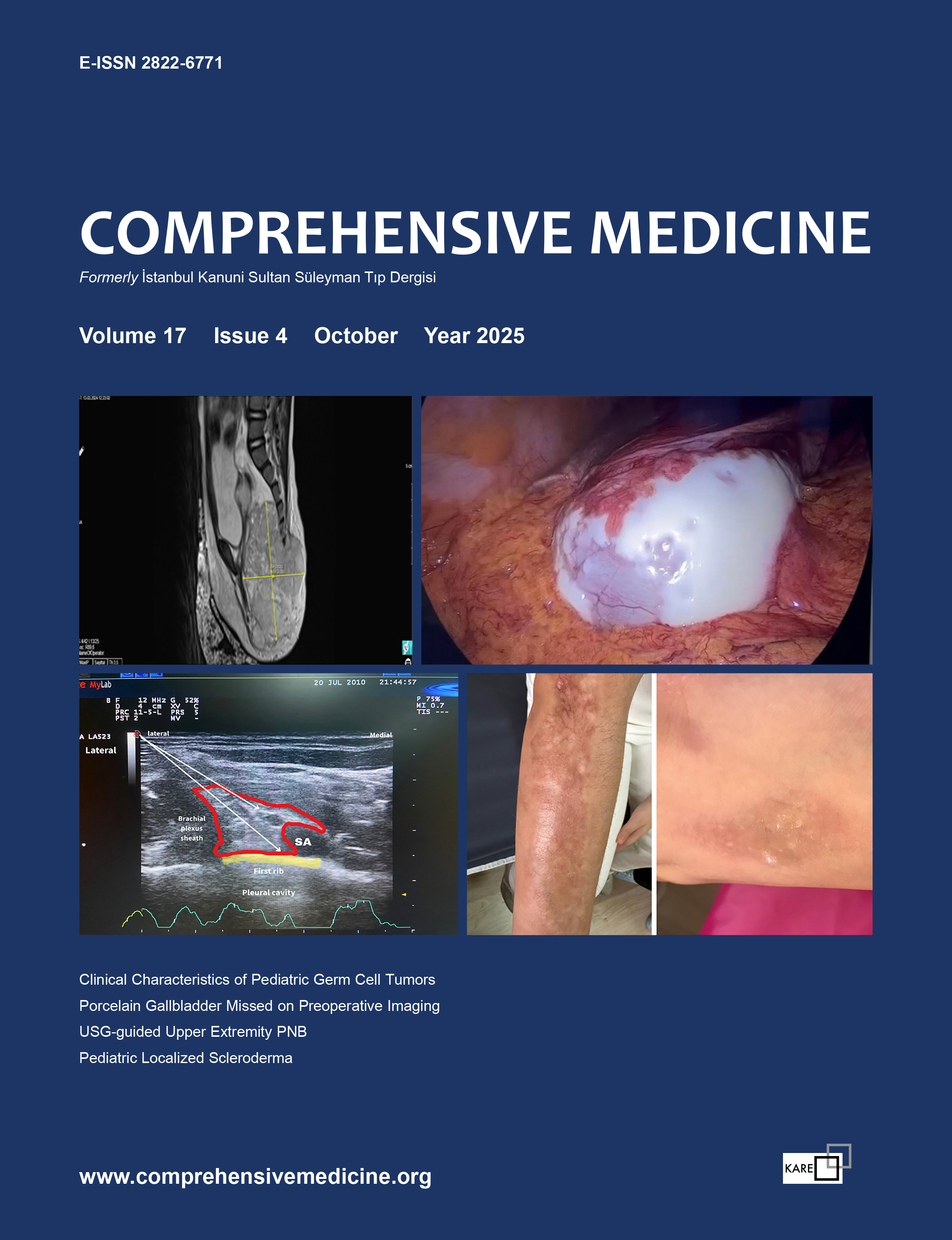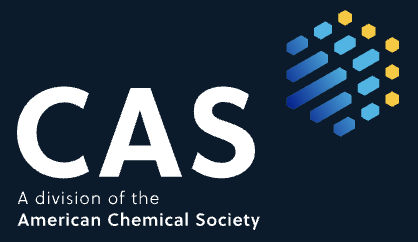Comparison of Radiofrequency Thermocoagulation Alone with Radiofrequency Thermocoagulation and Steroid Injection in Combination for the Treatment of Lower Back Pain
Balkan Şahin1, Salim Katar2, Utku Adılay2, İlhan Aydın3, Melih Üçer41Department of Neurosurgery, Sisli Hamidiye Etfal Training and Research Hospital, Istanbul, Turkey2Department of Neurosurgery, Balikesir University Faculty of Medicine, Balikesir, Turkey
3Department of Neurological Surgery, Kanuni Sultan Suleyman Training and Research Hospital, Istanbul, Turkey
4Department of Neurological Surgery, Biruni University Faculty of Medicine, İstanbul, Turkey
INTRODUCTION: Lower back pain is the most common disease of the musculoskeletal system. Analgesics, myorelaxant drugs, bed rest, physical therapy, and conventional treatments are first-line treatments for lower back pain. In addition, conventional radiofrequency thermocoagulation (RFT) and caudal steroid injection (CSI) are common conventional therapies. The present study aims to compare the results of RFT alone with combination therapy using RFT and CSI. The effectiveness of these treatment methods in patients with chronic lower back pain is evaluated.
METHODS: A total of 62 patients with lower back pain who underwent epidural CSI and RFT in neurosurgery clinic between January 2018 and May 2019 were included.
RESULTS: Of the 62 patients included in the study, RFT+CSI was performed in 30 patients (48.3%). A visual analog scale (VAS) scores before and after the procedure; a statistically significant difference was only observed between the RFT+CSI and RFT group scores (p=0.030) in the sixth month after the procedure, and it was observed that the pain decreased more in the RFT+CSI group.
DISCUSSION AND CONCLUSION: The present study considered body mass index (BMI), occupation, gender, age, and procedure levels. We conclude that both RFT and RFT+CSI are effective treatment methods for chronic lower back pain that does not improve after conservative or physical therapy. BMI has a direct effect on lower back pain. The VAS score decreased significantly in patients who underwent both the RFT and RFT+CSI procedures, and RFT+CSI appeared more effective in terms of the 6-month VAS score.
Bel Ağrılı Hastalarda Tek Başına Radyofrekans Termokoagülasyon ile Radyofrekans Termokoagülasyon ve Steroid Enjeksiyonu Kombinasyonunun Etkinliğinin Karşılaştırılması
Balkan Şahin1, Salim Katar2, Utku Adılay2, İlhan Aydın3, Melih Üçer41Şişli Hamidiye Etfal Eğitim ve Araştırma Hastanesi Nöroşirürji Anabilim Dalı, İstanbul, Türkiye2Balıkesir Üniversitesi Tıp Fakültesi, Beyin Cerrahisi Anabilim Dalı, Balıkesir, Türkiye
3Kanuni Sultan Süleyman Eğitim ve Araştırma Hastanesi Nörolojik Cerrahi Anabilim Dalı, İstanbul, Türkiye
4Biruni Üniversitesi Tıp Fakültesi, Nörolojik Cerrahi Anabilim Dalı, İstanbul, Türkiye
GİRİŞ ve AMAÇ: Bel ağrısı, kas-iskelet sisteminin en yaygın görülen hastalığıdır. Analjezikler, miyorelaksan ilaçlar, yatak istirahati, fizik tedavi ve geleneksel tedaviler bel ağrısı için ilk basamak tedavilerdir. Ek olarak, konvansiyonel radyofrekans termoagülasyon (RFT) ve kaudal steroid enjeksiyonu (CSI) yaygın tedavilerdendir. Bu çalışma sadece RFT yapılan hastaların sonuçlarını RFT ve CSI kombinasyon tedavisi yapılan hastaların sonuçları ile karşılaştırmayı amaçlamaktadır. Kronik bel ağrısı olan hastalarda bu tedavilerin etkinliği değerlendirmek amaçlanmaktadır.
YÖNTEM ve GEREÇLER: Ocak 2018-Mayıs 2019 tarihleri arasında beyin cerrahisi kliniğinde epidural CSI ve RFT uygulanan 62 hasta çalışmaya dahil edildi.
BULGULAR: Çalışmaya dahil edilen 62 hastanın 30'una (%48,3) RFT+CSI uygulandı. İşlem öncesi ve sonrası VAS skorları; işlem sonrası altıncı ayda RFT+CSI yapılan ve sadece RFT yapılan grup skorları (p=0,030) arasında istatistiksel olarak anlamlı bir fark gözlendi ve RFT+CSI grubunda ağrının daha fazla azaldığı gözlendi.
TARTIŞMA ve SONUÇ: Bu çalışmada BMI, meslek, cinsiyet, yaş ve prosedür göz önünde bulunduruldu. Hem RFT hem de RFT+CSI'nın konservatif veya fizik tedaviden sonra düzelmeyen kronik bel ağrısı için etkili tedavi yöntemleri olduğu sonucuna vardık. BMI'nin bel ağrısı üzerinde doğrudan etkisi vardır. Hem RFT hem de RFT+-CSI prosedürleri uygulanan hastalarda VAS skoru önemli ölçüde azaldı ve RFT+CSI altı aylık VAS skoru açısından daha etkili göründü.
Manuscript Language: English






















